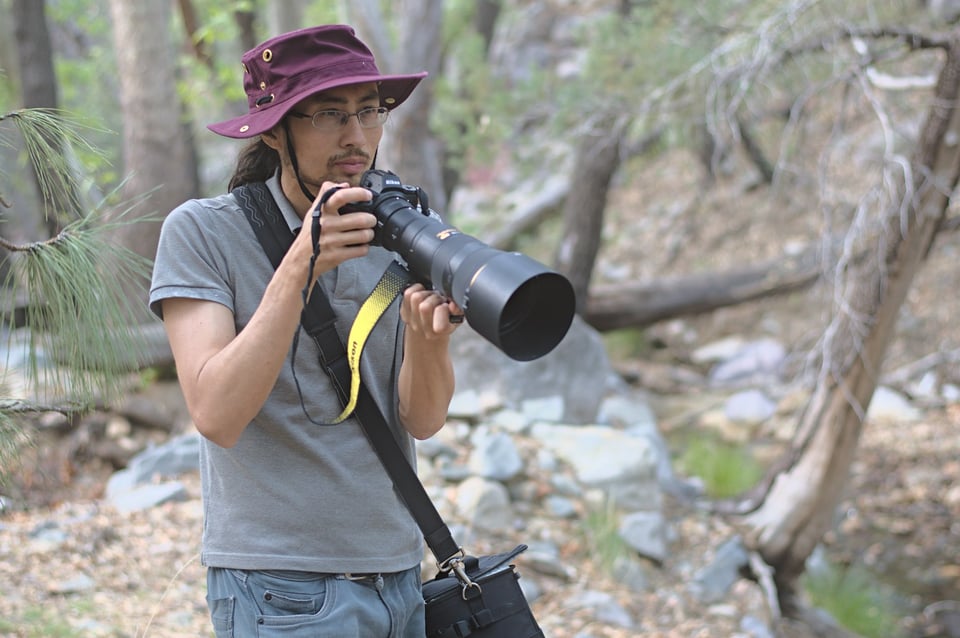اختيار أفضل عدسة لتصوير الحياة البرية
Choosing the Best Lens for Wildlife Photography
يعد تصوير الحياة البرية أحد الأنواع التي تُحدث فيها العدسة الصحيحة فرقًا كبيرًا، بينما لن تسمح لك العدسة الخاطئة بالتقاط اللقطة. قد لا تكون الحيوانات البرية على مسافات مثالية وكثيرًا ما تظهر في ضوء صعب. إذًا، كيف يمكنك العثور على أفضل عدسة للتغلب على تحديات تصوير الحياة البرية؟

لحسن الحظ، بالمقارنة مع شيء مثل عدسات تصوير المناظر الطبيعية، هناك عدد قليل نسبيًا من العدسات التي تعمل بشكل جيد لتصوير الحياة البرية، وتقع ضمن فئات مختلفة إلى حد ما. بمجرد فهم هذه الفئات، يجب أن تكون قادرًا على اختيار أفضل عدسة لاحتياجاتك في تصوير الحياة البرية.
Wildlife photography is one genre where the right lens makes a big difference, and the wrong one simply won’t let you get the shot. Wild animals may not be at optimal distances and they frequently appear in challenging light. So, how can you find the best lens to overcome the challenges of wildlife photography?

Luckily, compared to something like landscape photography lenses, there are relative few lenses that work well for wildlife photography, and they fall into fairly distinct categories. Once you understand these categories, you should be able to choose the best lens for your wildlife photography needs.
Choosing the Best Lens for Wildlife Photography
يعد تصوير الحياة البرية أحد الأنواع التي تُحدث فيها العدسة الصحيحة فرقًا كبيرًا، بينما لن تسمح لك العدسة الخاطئة بالتقاط اللقطة. قد لا تكون الحيوانات البرية على مسافات مثالية وكثيرًا ما تظهر في ضوء صعب. إذًا، كيف يمكنك العثور على أفضل عدسة للتغلب على تحديات تصوير الحياة البرية؟

لحسن الحظ، بالمقارنة مع شيء مثل عدسات تصوير المناظر الطبيعية، هناك عدد قليل نسبيًا من العدسات التي تعمل بشكل جيد لتصوير الحياة البرية، وتقع ضمن فئات مختلفة إلى حد ما. بمجرد فهم هذه الفئات، يجب أن تكون قادرًا على اختيار أفضل عدسة لاحتياجاتك في تصوير الحياة البرية.
Wildlife photography is one genre where the right lens makes a big difference, and the wrong one simply won’t let you get the shot. Wild animals may not be at optimal distances and they frequently appear in challenging light. So, how can you find the best lens to overcome the challenges of wildlife photography?

Luckily, compared to something like landscape photography lenses, there are relative few lenses that work well for wildlife photography, and they fall into fairly distinct categories. Once you understand these categories, you should be able to choose the best lens for your wildlife photography needs.









تعليق